Learning British experience of fluid specimen conservation
To prolong the useful life and be well equipped with the necessary knowledge and skills for the restoration of fluid preserved specimen collections of Rīga Stradiņš University (RSU) Anatomy Museum, from 11 – 14 December the volunteer at RSU Anatomy Museum Marika Garnizone, a lecturer of histology at the Institute of Anatomy and Anthropology, Department of Morphology, took part in a training course on the preservation and conservation of fluid-preserved specimens organized by the National Oceanography Centre, University of Southampton (UK).
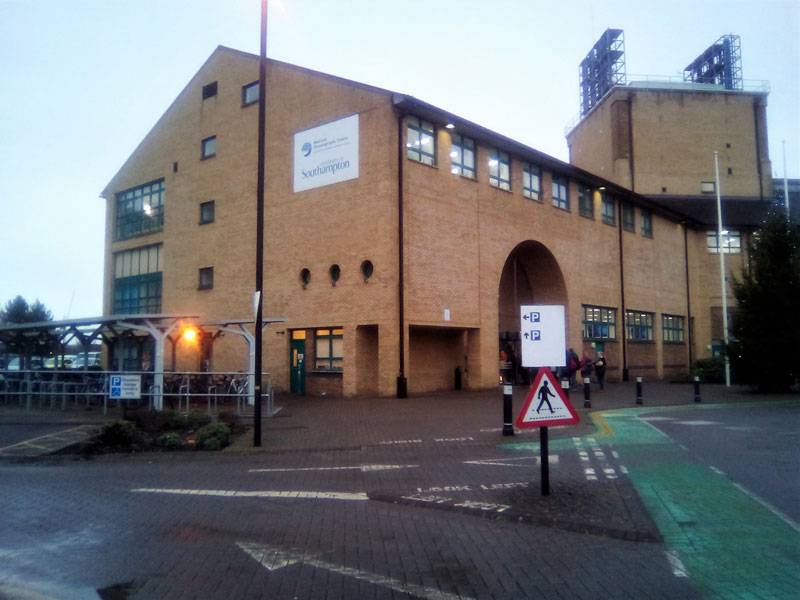
The training was conducted by the British specialist Simon Moore, who has over 35 years of experience in working with historical natural sciences collections, anatomical collections among them.
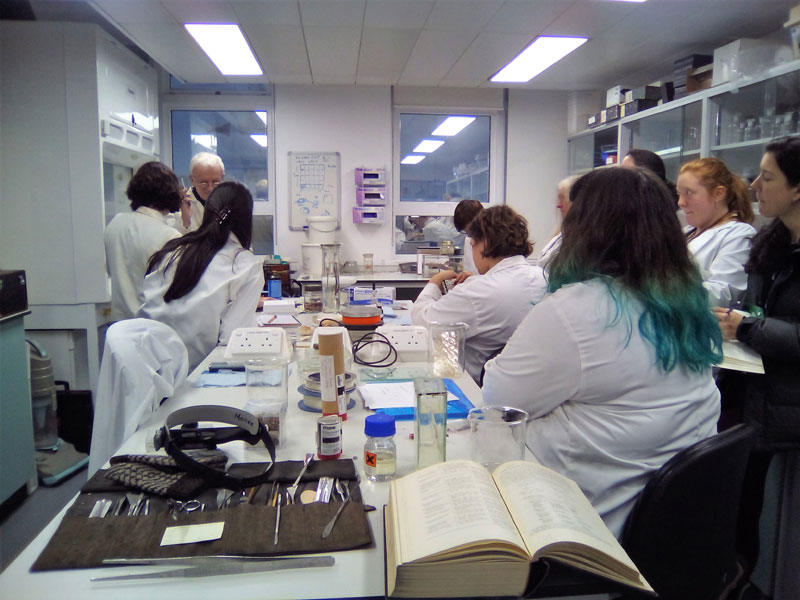
"Each day started with a theoretical presentation by the organizer of the training course Simon Moore, followed by practical activities in the laboratory," Marika Garnizone illustrates the daily agenda of the training session.
"We were taught how to handle specimens gone neglected at some distant corner of the collection storage room, in case the lid of the jar has cracked and the liquid has fully evaporated. Mr. Moore shared his rich experience of bringing a dried specimen "back to life". The collection of RSU Anatomy Museum also contains specimens requiring such regeneration.
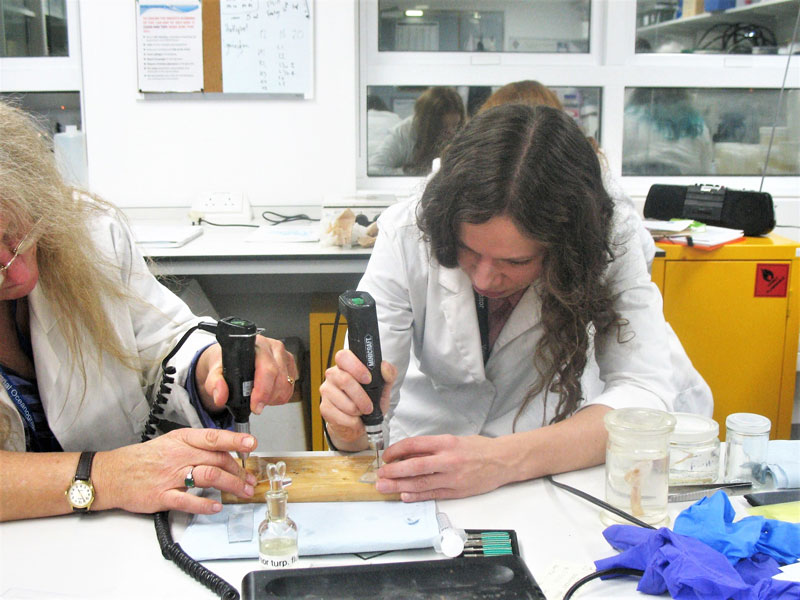
"We were cutting, polishing, drilling, heating, forming glass, mixing various adhesive substances not dissolving in the conservation fluid. The practical session was targeted at learning how to conserve and position each specimen for it to be visually attractive for the visitors of the museum and for the specimen to best fulfil the designated function. We were given valuable information on the printing devices and inks to be applied for fluid-preserved specimen annotation labels that can survive in the liquid for several decades," RSU lecturer shared the gains of the training session.
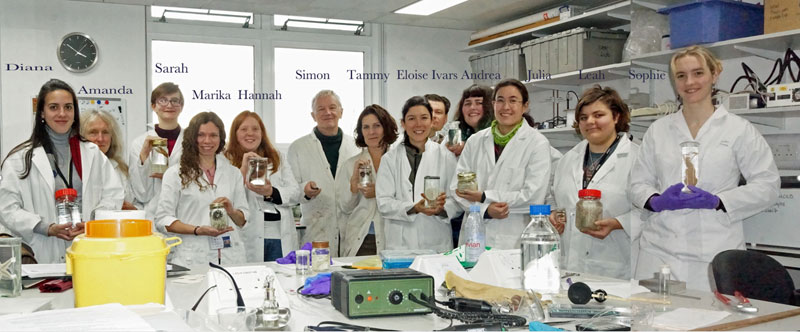
The specimen conservation course in Southampton was attended and the experience was shared by specialists from the United Kingdom, France, Portugal, Sweden, Australia and Latvia. After the course, the participants received completion certificates confirming their proficiency in fluid preserved anatomical specimen conservation techniques.
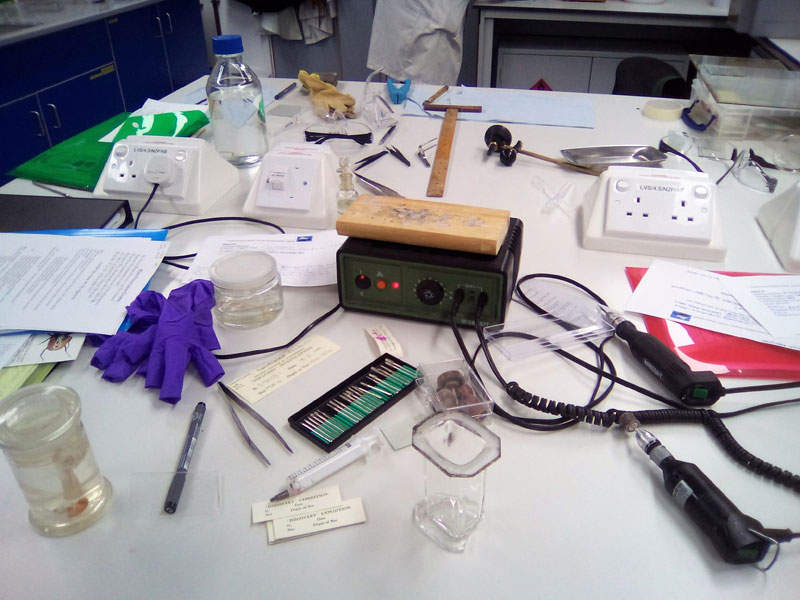
RSU Anatomy Museum is currently under construction and will be opened in 2019. Currently much attention and efforts are devoted to the examination of the taken over exhibits and to consultations with specialists, to be followed by the most important stage next year – reconstruction of anatomical specimens and models.
Related news
 RSU continues developing good governance and implementing modern data analytics ecosystem Microsoft FabricDevelopment
RSU continues developing good governance and implementing modern data analytics ecosystem Microsoft FabricDevelopment


